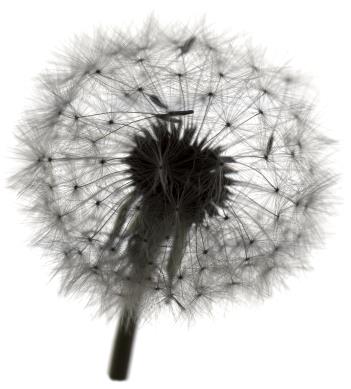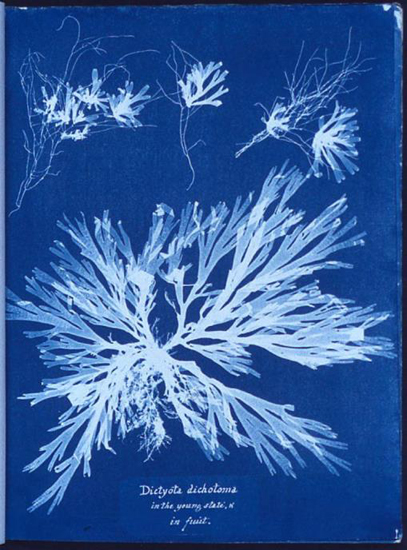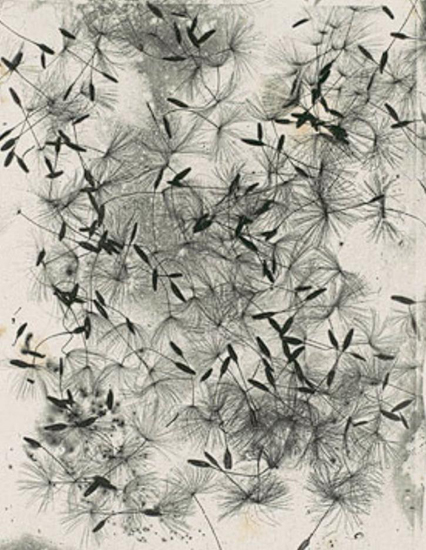PREVIOUS EXHIBITS: | LEONARD FREED: THE ITALIANS | KAITLYN 5x5
THE MILL CHILDREN | REFLECTIONS ON MELVILLE
POWDER RIDGE - NADINE'S COUPLES - SUSANNAH'S PICKS
MIXED MEDIA | CULTURAL ICONS | ARTISTS WITHOUT BORDERS | NUDE & NAKED
ARTS OF WWII | JON ISHERWOOD | EVE SONNEMAN | LEONARD FREED
SPECIAL PROJECTS: HOOSAC RIVER LIGHTS
CONTACT | DIRECTIONS | MAILING LIST
This material may not be published, broadcast or redistributed. All Rights Reserved
CHAD KLEITSCH
Artist's Statement
BOTANICAL MIND

The first time I used a scanner as a camera was in 1997, in 2001 I began this botanical series. Using the scanner as the camera is a rediscovery of image making. It's reminiscent in both process and aesthetics to such historic images by William Henry Fox Talbot’s 1840 photogram of dandelion seeds and the cyanotypes of Anna Atkin’s algae. (see below)
To create my images, I treat the objects as if it they were film. In some images (with white backgrounds) the object is backlit during the scanning process just as a sheet of film or a slide would be. The result is a translucent image of the object, something similar to the experience of viewing stained glass windows.
Scanography (as this process is now referred to) has become more widely used, as a means of creating images, over the past decade and a half. It’s most prevalent use is in the recording of botanical objects which, to me, is not surprising. For some primordial reason when a new image making process or technique is created we innocently throw nature onto its surface, as some kind of ongoing test. Perhaps we are looking to see if it can match our own perceptual abilities and/or move beyond them. For me, scanography, comes the closest to fulfilling this goal.
The detail, character, and topography of each individual subject, down to a microscopic scale, transform these images into personal portraits of an individual. In a way, it feels like what is being depicted is their “humanity”.

A photogram of Algae, made by Anna Atkins as part of her 1843 book, Photographs of British Algae: Cyanotype Impressions, the first book composed entirely of photographic images.

Dandelion Seeds, 1858 or late William Henry Fox Talbot (British, 1800–1877) Photogravure (photoglyphic engraving from a copper plate) Sheet: 5 15/16 x 4 7/16 in.